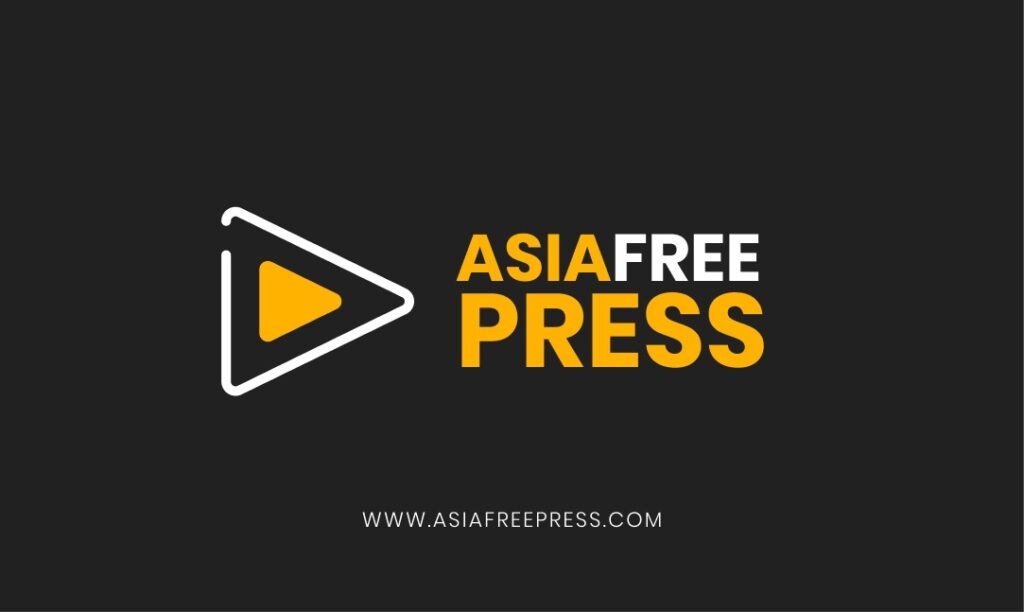Islamabad, Dec 5 (Asia Free Press): The experts from China and Pakistan Friday highlighted and expounded the concept of China–Pakistan Economic Corridor (CPEC) in a broader aspect.
A virtual conference titled “CPEC Intra-Regional Cooperation Beyond South Asia” organised by the Islamabad Institute of Conflict Resolution (IICR), an Islamabad based think tank, was moderated by Ms Sabah Aslam, Executive Director IICR. The panellists included Dr. Talat Shabbir, Director Pakistan-China Study Centre ISSI, Amb. Naghmana Hashmi, Former Ambassador to China; Prof. Dr. Zhou Rong, Senior Fellow at Renmin University, Beijing and Mr. Dawood Butt, CEO K-Bot.
Speaking at the conference, Dr Zhou Rong, a scholar from Renmin University Beijing, said that Pakistan and China share a bond that goes decades back, and both have played irreplaceable roles for each other.
He further said that Pakistani people need to understand China more to enhance the interaction between countries. He added more that CPEC enabled Pakistan to train its people for the future. Phase-I is done, Phase-II is going on, and Phase-III will be soon operational.
“It is a fact that Afghanistan is a hard country, but it cannot be excluded from the equation of regional prosperity.” China and Pakistan jointly can launch an initiative to train people of Afghanistan and make CPEC dynamic, added Dr Zhou.
While speaking to the panel, Dr Talat Shabir, Director Pakistan-China Study Centre Institute of Strategic Studies, Islamabad (ISSI), talked about the high economic stakes involved in the CPEC of both China and Pakistan. Keeping in view the stakes, Pakistan shifted its policy from Geo-strategy to Geo-Economics.
He further added two more corridors under BRI from which Pakistan can benefit; one is China’s Central and West Asia Corridor, and the other is New Eurasian Land Bridge.
“In order to take more benefit from CPEC and make it more lucrative for Pakistan, there shall be a comprehensive business plan related to CPEC, which Pakistan lacks at this moment”, said Dr Shabbir.
“It is time to expand the horizons of CPEC from economics to technology and tourism, which will enhance the People to People contact”, added Dr Shabbir.
Amb. Naghmana Hashmi, Former Ambassador to China, said that CPEC is not a standalone program. It is an integral part of China’s mega-project, the Belt and Road Initiative (BRI).
She further added, “The whole idea of CPEC was to go beyond the region, and it does that by providing the shortest route to Africa other regions. It was the selling pitch of CPEC when it was started, and it remained central to it.”
She also said that the whole idea of going beyond the region could not be fully practised unless the challenges of Afghanistan could not be solved. “Afghanistan can only be the ground of opportunities and avenues for CPEC if Pakistan has more to offer other than humanitarian assistance, added Ms Hashmi.
While sharing his thoughts, Mr Dawood Butt, CEO K-Bot said that investments could only come if there is suitable and substantial infrastructure. Unless there is proper infrastructure, there will not be any investment.
Mr Daud further said, “Pakistan would be 100 years old in 30 years with an ever-increasing population of more than 220 million, which is alarming at every level. More people mean more job market which can only be filled through the strong innovative economy, and CPEC is playing its key role in it.”
Furthermore, he said that times have changed, and Asia is now the epicentre of the 21st-century transformation. The economic centre has recalibrated from west to east, and China remains vital in this transformation.
“BRI remains key to this global shift which where have opportunities it encounters challenges as well. CPEC being central to BRI needs to be flourished for China and the region,” added Mr Daud.




















